Fashion Facts
The world of fashion is eternally evolving, reflecting societal shifts and individual expressions in the colors, designs, and materials of the clothes we wear. This incredible industry extends well beyond just aesthetics; it often mirrors a culture's history, priorities, and aspirations. Failure to understand the professional business side to fashion could lead to missed opportunities. This industry plays an integral role in global economics, social interactions, and personal identities.
Fashion can certainly be an expression of self, but it's also an intricate combination of art, culture, and commerce. As we unravel some intriguing fashion facts, we will explore the industry's impacts, its roles in society, and discover some mind-boggling figures behind the scenes. Whether you are a fashion enthusiast, a novice, or someone fascinated with random trivia, get set to deluge into some fascinating fashion-focused facts. Stay tuned.
Fashion as an Expression of Culture and Identity
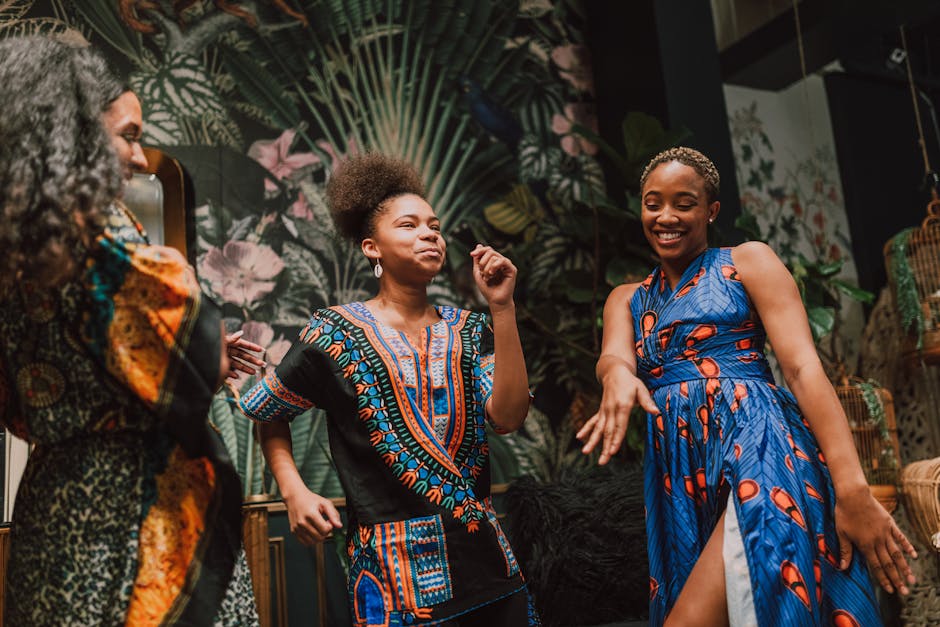
Photo by RDNE Stock project on Pexels
Fashion as we comprehend it is a relatively modern concept. However, the roots trace as far back as ancient civilizations.
The ancient Egyptians were amongst the first to express their culture and identity through fashion. They utilized their wealth on garments adorned with jewels and intricate beadwork.
In ancient Rome, clothing was not only practical but represented social status. The togas worn by Romans differed in color and adornments, based on the wearer's rank or profession.
Over in ancient India, the art of draping a length of cloth around the body, later known as a sari, began. It became an expression of one's regional identity and caste.
Across the globe in Mesoamerica, the Maya civilization was versed in weaving intricate patterns representing their belief systems onto clothing.
In conclusion, fashion has been central to cultural expression and identity since the dawn of civilization.
Royal Fashion: How Royalty Popularized Fashion Trends Throughout History
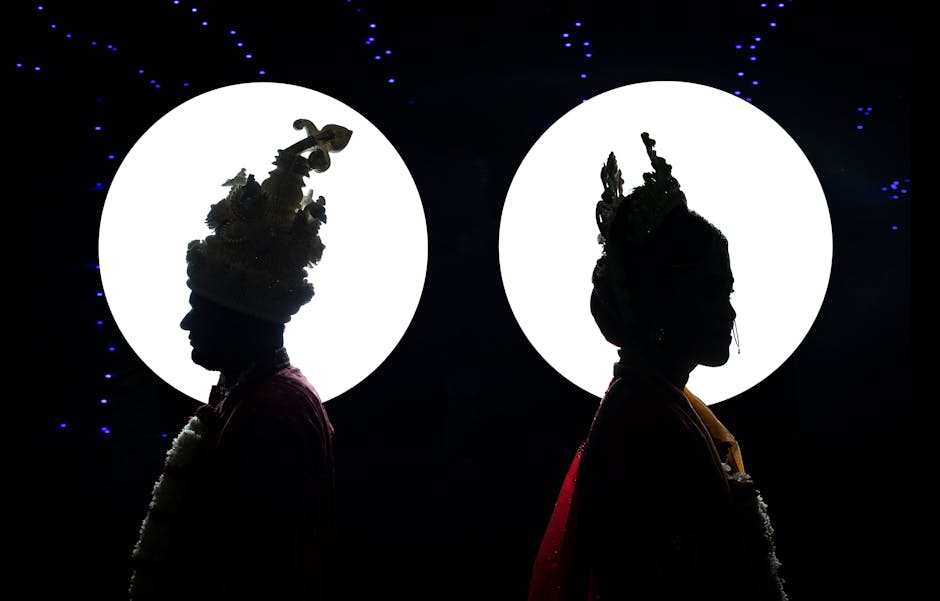
Photo by Md. Sohel Ahmed on Pexels
The influence of royal figures on fashion trends is steeped in centuries of history. A prime example involves France's King Louis XIV. His passion for fashion, particularly his red-heeled shoes, ignited a sensation across Europe. These shoes, initially exclusive to the king's court, were donned for their uniqueness and visible display of wealth.
As these shoes gained popularity, they evolved into an unmistakable signifier of aristocracy, even helping differentiate the French elite from commoners. The 'Sun King's' flair for personal style thus cemented a fashion trend that resonates even in modern interpretations of luxury footwear.
This historical instance underscores the significant role royal figures play in establishing and popularizing fashion trends. Trends set by royalty often surpass their temporal existence, embedding themselves into fashion's timeless narrative. They evolve, adapt, but always retain a touch of their royal roots.
To delve deeper, let's trace the sartorial influence of other royal figures throughout history.
The Birth of High-Heels
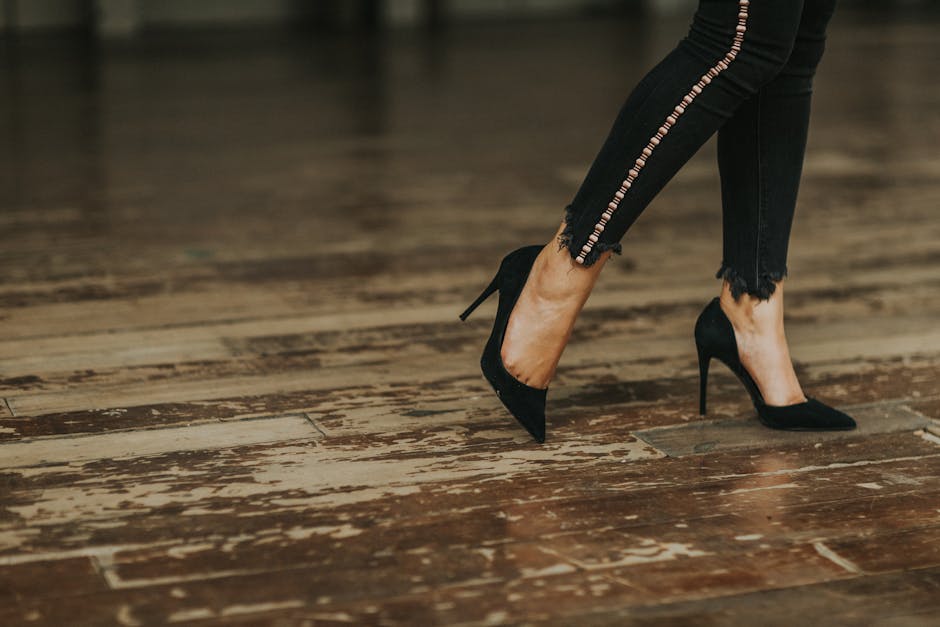
Photo by Luis Quintero on Pexels
High-heels, a trend underscored by femininity today, has its origins steeped in masculinity. Originally designed as riding footwear in the 10th century, heels were favored by Persian men for the functionality they offered, enabling the wearer's foot to secure better support in stirrups.
A drastic evolution of this style, however, unfolded over the centuries. By the 17th century, this prominent Persian trend had infiltrated European fashion, yet these were not the glamorous, towering embodiments of fashion we recognize today. Rather, these heel-wearing, style-conscious men flaunted practical, low-heeled shoes.
It wasn't until the late 18th century that heels began asserting its dominance in women's fashion. Today, high-heels symbolize femininity and fashion-tenacity, a far cry from their initial practical use in men's wardrobes.
Next time you slide into your favorite pair of heels, remember you're partaking in a century-old tradition that defied gender norms before it was cool.
Designer Brands and Their Role in Modern Fashion
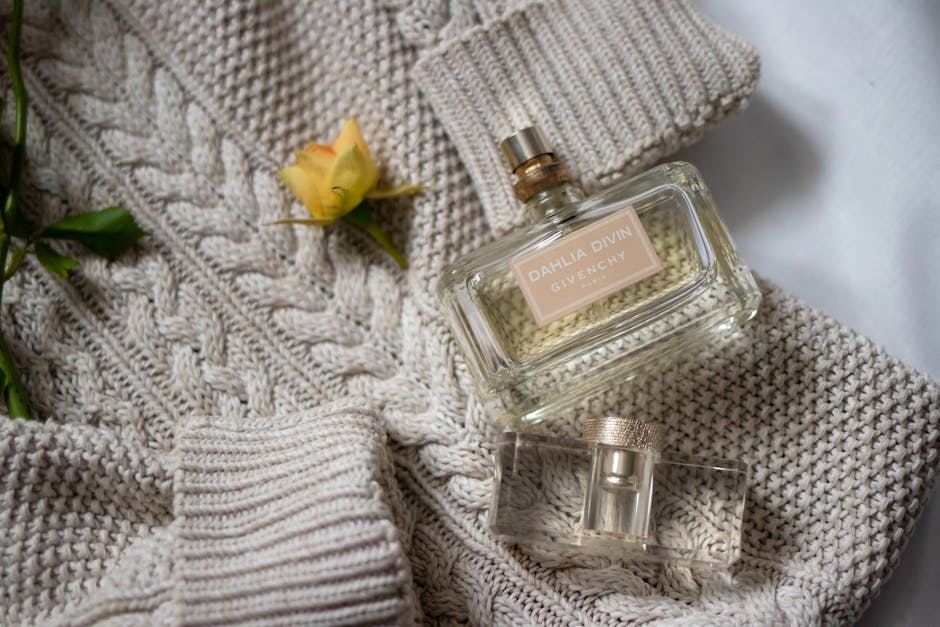
Photo by Anastasiya Podkorytova on Pexels
No historical fashion narrative is complete without a nod to legendary houses like Chanel and Gucci. Chanel, birthed in 1910 by the visionary Gabrielle "Coco" Chanel, revolutionized women's fashion by introducing masculine colors and replacing the corset with comfort.
Similarly, Gucci's establishment in 1921 brought forth iconic pieces, such as the 'Loafer', that transcended time. Guccio Gucci's vision continues to shape trends and command runways worldwide.
Today, both brands hold significant power in the fashion world, setting precedents and pushing boundaries. They continue to uphold their heritage while innovating designs for the modern wardrobe, serving as constant reminders of how far fashion has evolved. And yet, each new collection appears to echo a rich past, fusing tradition with the freshness of the future. The history of these designer brands is not only remarkable but, like the finest garments, timeless.
The Little Black Dress

Photo by Leah Kelley on Pexels
Born out of a vision from the trailblazing fashion designer, Coco Chanel, the 'Little Black Dress' has cemented its place in every woman's wardrobe.
In 1926, Chanel introduced this elegant and minimalist number to the world. Quickly earning the moniker 'Ford' after the standardized Model T vehicle, the design symbolized both reliability and sophistication.
The little black dress is much more than a clothing item. It's a statement, a testament to the modern woman's desire for simplicity and elegance. It dismisses the distraction of complicated design, instead embracing clarity and clean lines.
Today, this dress is a must-have staple, an item of clothing that effortlessly transitions from day-to-night attire. Timeless and versatile, the little black dress exudes a sense of style and confidence, fulfilling Coco Chanel’s vision for fashion that prioritizes both function and sophistication.
Fabric vs Cheap Fabric
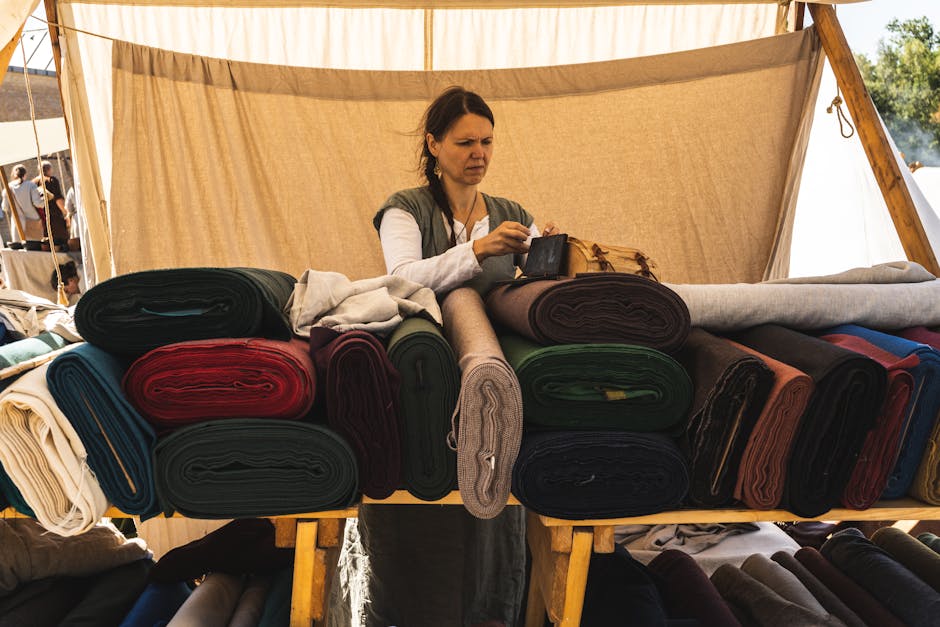
Photo by Sebastian Sørensen on Pexels
There's a prevailing idea that expensive fabrics equal high-quality clothing and cheap materials equate to subpar pieces. This misconception needs to be revamped.
The truth: Fabric cost is dependent on its origin, production process, and rarity, not necessarily its quality.
Ever notice how a cashmere sweater is more expensive than a cotton one? It's because cashmere goats, naturally scattered across harsh climates, aren't readily available, making cashmere costlier. Conversely, cotton, globally produced, is affordable but that doesn't make it a substandard material.
High-quality synthetics like polyester and rayon can mimic natural fabrics and perform equally well yet are cheaper due to their mass production.
It's not about the price tag, rather the fabric's quality and the workmanship that goes into it.
Remember, not all glitter is gold, and not every expensive fabric guarantees a better piece of clothing.
Sustainability and Fast Fashion
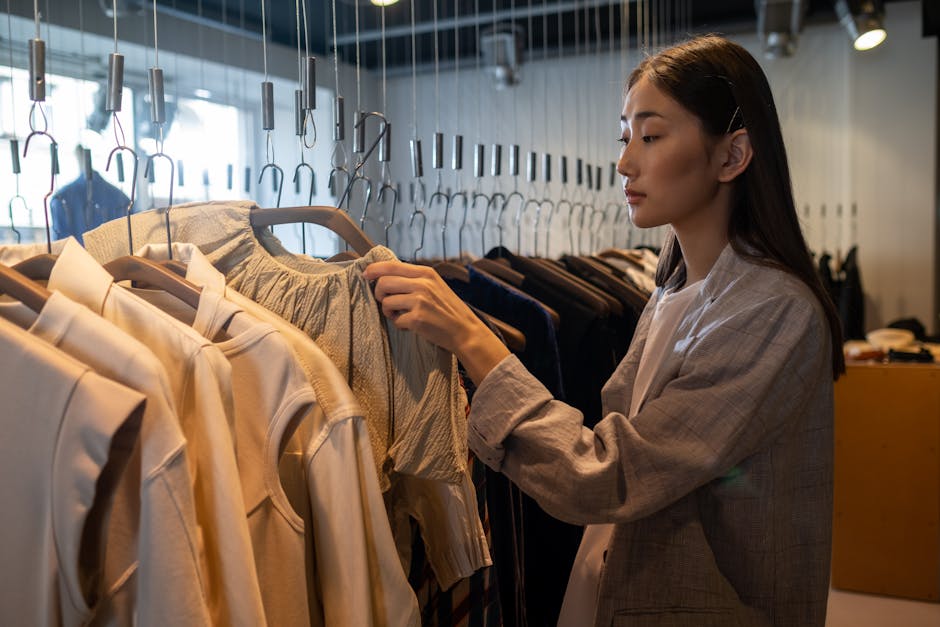
Photo by Ron Lach on Pexels
As an industry, fashion has made significant strides. However, its impact on our environment is undeniable. Fast Fashion - the mass production of trendy, cheap clothing - is among the leading contributors to excessive waste and carbon emissions.
Fortunately, the tides are slowly changing - Sustainable fashion is on the rise. This new movement is about creating stylish clothing that is environmentally friendly and socially responsible. It's a fresh take on fashion, one that respects the planet and its inhabitants.
From organic cotton to recycled polyester, the materials used are thoughtfully sourced and designed to last. Consumer demand for sustainable fashion is accelerating, too. More people are choosing to buy less, buy better and recycle.
Fashion is not just about aesthetics; it also reflects social trends. The rise of sustainable fashion represents a growing awareness that what we wear impacts the world we live in.
The Modern Fashion World
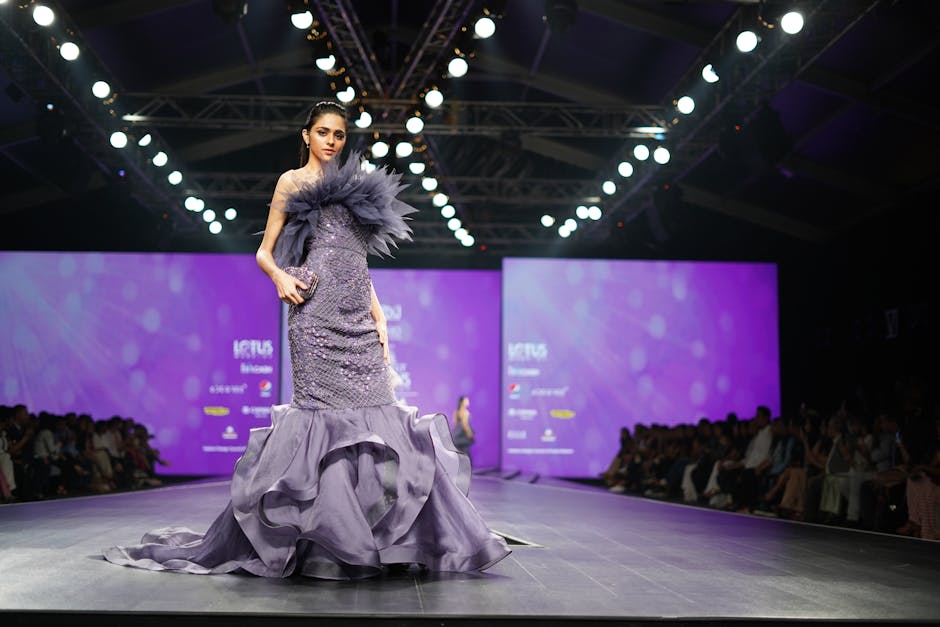
Photo by Yogendra Singh on Pexels
The modern fashion industry thrives off a vibrant dynamic, an interactive ode to the magic of creativity and style. Crucial to this dynamic are fashion weeks - grand festivities celebrating the sheer allure of clothes, dictating the upcoming sartorial trends.
Then, there are fashion magazines, printers of the fashion gospel, that set the tone for chic and glamorous living. More than just paper and ink, these are the sought-after harbingers of style.
Lastly and arguably most crucially, enters the array of influencers. Bellwethers of fashion, they wield a massive reach, impacting how consumers perceive and adopt fashion. By pairing commerce with credibility, they play a nuanced role in steering trends and boosting sales.
In a nutshell, these three pillars define the bustling momentum of the modern fashion world. Their role—all central, all irreplaceable.


